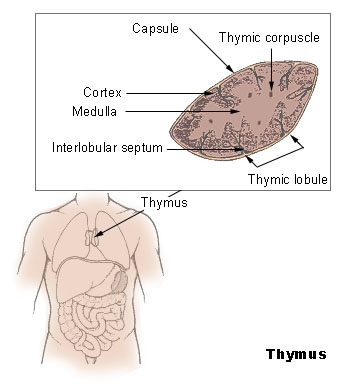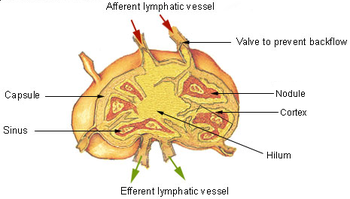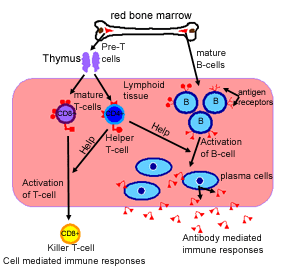Sleep is one of those essential things we just have to do as human beings. As a student that will inevitably have that all-nighter, sleep becomes not just essential but a greatly desirable thing to do. Without sleep, exhaustion, heavy eyelids, an inability to concentrate, ensues. There can be nights were you find it impossible to fall alseep, you keep waking up at night, and then there are nights when you simply drop off, and you're a log for the whole night.
The characteristics of sleep for humans: usually, a person will lie down to go to sleep, the person's eyes are closed, the person doesn't hear anything unless it is a loud noise, the person breathes in a slow, rhythmic pattern, the person's muscles are completely relaxed and during sleep, the person will occasionally roll over or rearrange his or her body. This happens approximately once or twice an hour, which may be due to the body's way of making sure that no part of the body or skin has its circulation cut off for too long a period of time. A sleeping person is unconscious to most things happening in the environment, however, unlike someone who has fainted or is in a coma, a sleeping person can be aroused if the stimulus (shaking them, loud noises, flashing a bright light) is strong enough.
With animals, reptiles, birds and mammals all sleep - they become unconscious to their surroundings for periods of time. Some fish and amphibians reduce their awareness but do not ever become unconscious. Insects do not appear to sleep, although they may become inactive in daylight or darkness. Reptiles do not dream, birds dream a little and mammals all dream during sleep. Some animals sleep in one long session, while other animals, for example dogs, like to sleep in many short bursts.
During sleep, in the person's brainwave activity, while an awake and relaxed person will generate alpha waves which are consistent oscillations at about 10 cycles per second and the generation of beta waves that are twice as fast, two slower patterns called theta waves and delta waves take over. The brainwave patterns slow down. The slower the brainwave patterns, the deeper the sleep and so a person deep in delta wave sleep is hardest to wake up. Rapid eye movement (REM) sleep occurs at several points in the night and brainwaves during this period speed up to awake levels. REM sleep is when you dream.
Pulling an all-nigher is not fatal; the person will usually become irritable during the next day and slow down or have some energy due to adrenalin. If a person misses two nights of sleep, concentration becomes difficult and attention spans fall, causing mistakes to increase. After three days, a person will start to hallucinate and clear thinking is impossible. A person can lose grasp of reality. Rats forced to stay away continuously will eventually die.
The importance of sleep is clear in what happens when you don't get any sleep. Additionally, a growth hormone in children is secreted during sleep, and chemicals important to the immune system are also secreted during sleep. There are many theories as to why we need sleep, including ideas that sleep gives the body a chance to repair muscles and other tissues, it gives the brain a chance to organize and archive memories, lowering our energy consumption and perhaps a way of recharging the brain.
There are animals, including horses, donkeys and elephants, that sleep standing up because when they lie down, they put pressure on their ribs making breathing difficult. Horses are able to sleep standing up by having their legs able to lock into place, enabling them to sleep without falling over. Because they are prey animals, most of their sleeping is done during the day rather then at night when the predators are not hunting. Sometimes, horses would rest their legs during short naps lying down; they would sometimes be stretched out on its side, asleep in the sun, or laying in the ground with its legs folded under.
Fun facts about animals sleeping
- On average, cats sleep 13 to 14 hours during the day, and mostly roam around at night, which is also true of big cats like lions
- Dolphins can slumber with just half their brains asleep: they can have the brain waves of non-REM sleep functioning in just one hemisphere while the other half remains awake. They sleep by resting on half of their brain at a time which is known as unihemispheric sleeping, which enables them to continue swimming. While they are sleeping, one eye will remain open while the other is closed (the open eye will be on the same side as the resting part of the brain) which means they can keep themselves and their young safe from predators.
- Horses and cows which sleep standing up don't experience full REM sleep unless they lie down
- Giraffes can go weeks without napping
- A desert snail can snooze for three years
- While asleep, platypuses make the same movement that they use when killing crustacean prey
- To avoid predators, African Papio baboons sleep on their heels, perched on trees
- Bats sleep upside down because it makes them less obvious to prey and allows them to take off at any moment should any threat emerge. Bats must fall into flying because their wings aren't strong enough for them to alight from a standing position.
- An albatross can sleep while it is flying
- A study on fire ants showed that the workers in the colony experienced 253 sleep episodes per day and each last about 1.1 minutes
Thanks for reading!







